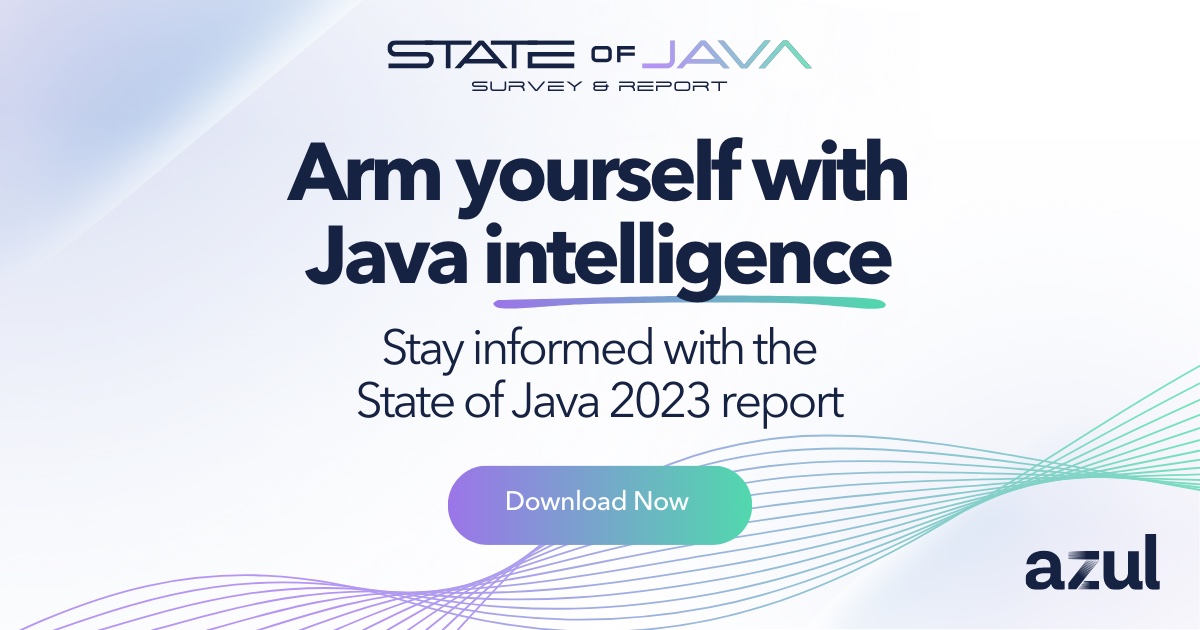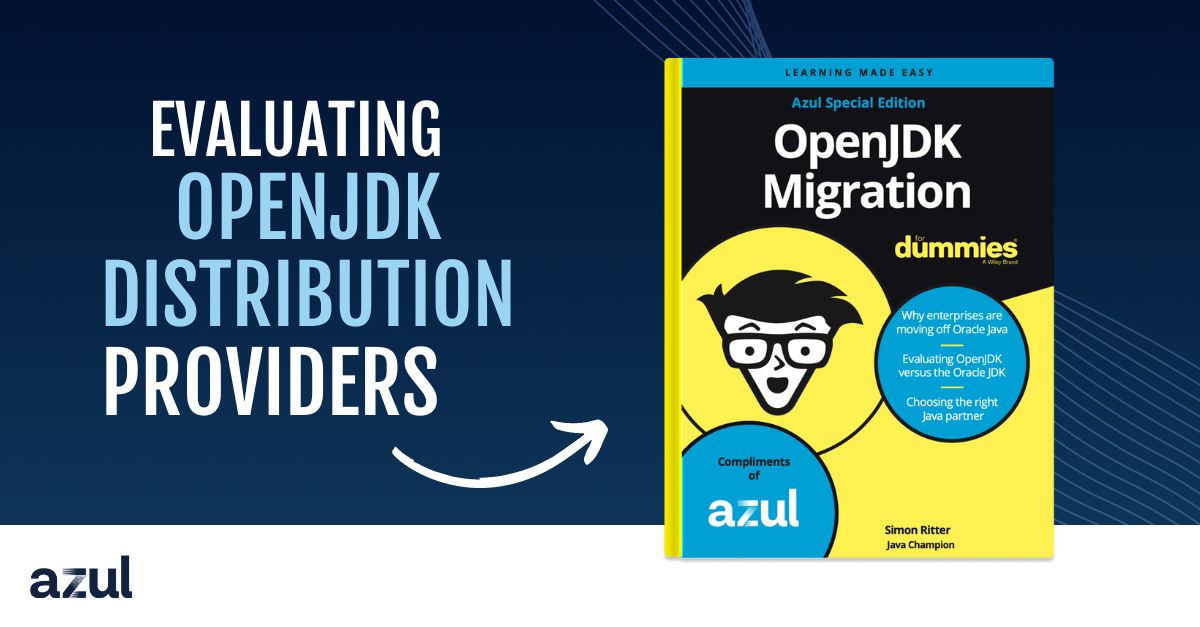What is Apache Kafka?
Apache Kafka is a software that stores data collected in one component of an application and makes that data accessible to other services in the application. Apache Kafka also facilitates communication across the entire application infrastructure, meaning data is made available beyond the application it is observed in. Apache Kafka is written in Java and Scala.
How does Apache Kafka work?
Apache Kafka stores the data collected by an application and can communicate this data to other applications. The application that initially observes the data is known as a Producer. A Producer collects data when the application is running. The Apache Kafka software pulls the data from the Producer and places it into a server. The servers are connected to other applications in the same infrastructure, making this data accessible to applications beyond just the Producer.
The Consumer is another application that then pulls this data from the server and uses this information to enhance its own performance. Applications can be both Producers and Consumers of different information. Multiple applications, or Consumers, can pull the same data, meaning once the data is inputted on the server, it is available for adoption across all applications, at any time. In the server, data is grouped by the type of information collected. These groups are known as Topics, and they make it easier for applications to identify information that is useful for them to pull from the servers.
What are the benefits of Apache Kafka?
Apache Kafka has three primary benefits. Data is continuously gathered by an application while it is running, and Apache Kafka can store this information on servers in high volumes almost instantaneously. Beyond data collection, Apache Kafka promotes informed decision making across application infrastructures and helps microservices optimize performance.
Apache Kafka is a big data stack, meaning it can store large amounts of data. Apache Kafka can retain information, even when data has been on the server for an extended period of time. This is a significant benefit because the data collected by one application may not be immediately useful for another. Data can therefore be stored outside of the application until it becomes useful. For example: think of answering a phone call meant for someone else and having to take a message. It is not helpful to repeat the information out loud immediately after you have been given the message. You must hold on to the message until you see the person it is meant for. Similarly, Apache Kafka allows applications to pull data from a server when it is relevant, preventing the communication of unnecessary information. Additionally, because it can store large amounts of data, Apache Kafka has a high fault tolerance. This ensures that data remains stored on the servers, even with any stop-the-world system failures.
The data sharing component of Apache Kafka allows an entire application infrastructure to make informed decisions because the most relevant and up-to-date data is accessible. Traditionally, an application only uses its own data to optimize its individual performance. When an application stores data, this data is used to learn patterns and create shortcuts for different services. This increases the efficiency of running an application; the application runs faster and uses fewer resources when it recognizes opportunities for performance improvements and creates strategies to approach new tasks.
When applications share data with Apache Kafka, the benefits of data storage are available at a larger scale. Applications communicate information with each other that can enhance performance abilities, rather than having to learn this information independently. When applications can only access their own data, the same pieces of data are stored multiple times across the same infrastructure. With data sharing, the entire application infrastructure has access to the same data, meaning information only needs to be stored once. This reduces the resources needed for memory storage and data collection, ultimately decreasing the costs, and increasing the efficiency of your infrastructure. This also ensures consistency of data across multiple applications. Data sharing by Apache Kafka also opens the window for new possibilities, as applications have access to data they may not have otherwise encountered.
Apache Kafka is also beneficial for microservice environments. Microservices are components of an application that are self-contained and function independently of one another. Even though microservices are independent of each other, they are still required to communicate, as they work within the same application. Apache Kafka can store the information collected by a service and make it available throughout the same application. This communication within an application promotes efficiency and enhances service execution. Microservices are often utilized in the cloud, meaning that Apache Kafka creates opportunities relevant to cloud users.
How do enterprises optimize Apache Kafka?
The Apache Kafka software is located in a Java Virtual Machine (JVM). However, not all JVM’s are created equal; the JVM affects the speed and availability of the Apache Kafka software, and changes the infrastructure required for running the program. Azul Platform Prime is a JVM that ensures Apache Kafka streams perfectly. Azul Platform Prime allows companies to achieve 45% higher maximum Kafka throughput over OpenJDK, as proven by Renaissance Suite, a popular Java benchmark test. Azul Platform Prime improves the quality of service for Kafka users by eliminating Java pauses, stalls, and stop-the-world failures. Fewer pauses and faster streaming equal more cost savings. Azul Platform Prime supports Apache Kafka so it can run perfectly, allowing Apache Kafka software to be free of the availability restrictions, speed limitations and infrastructure inefficiencies experienced by the other JVM’s on the market.
Azul Platform Prime
A truly superior Java platform that can cut your infrastructure costs in half.





